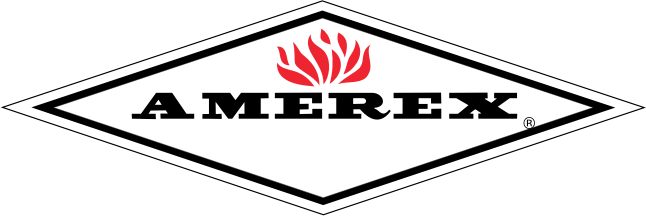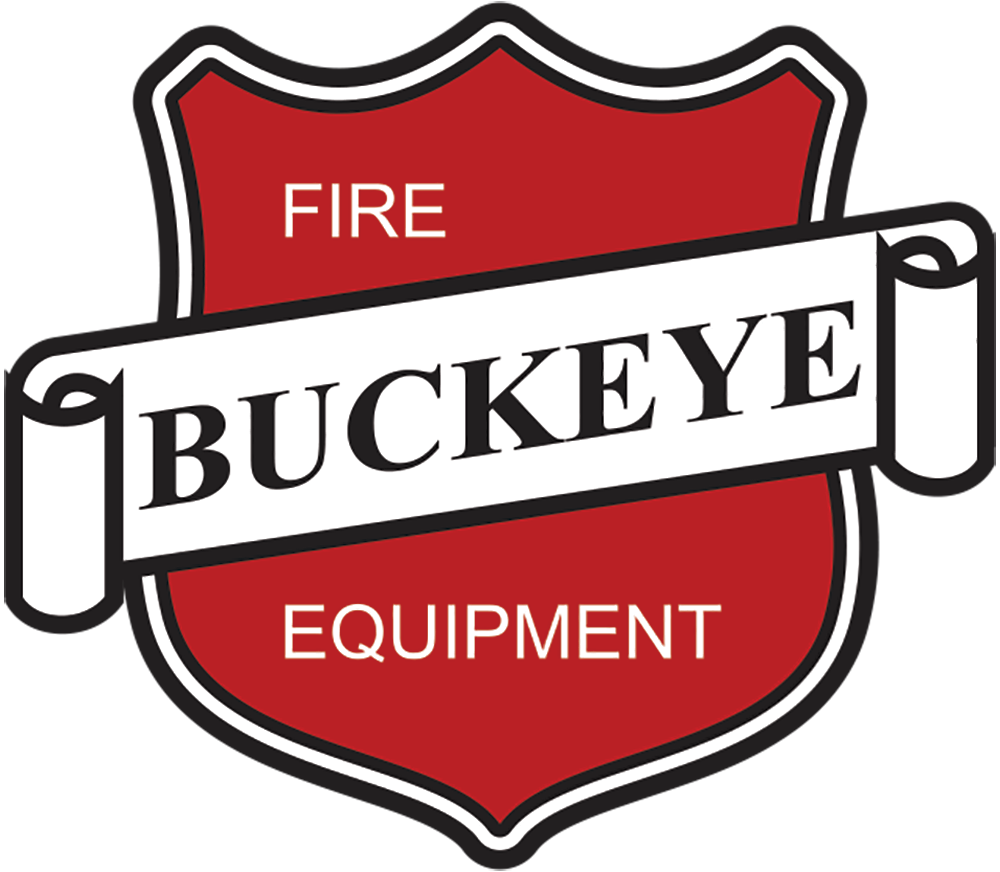You must ensure you have enough fire hydrants outside your facility whenever your business opens a new location. Fire hydrants represent a critical element of any fire protection system. You must also correctly place and properly install them. Get the tips you need from the following fire hydrant placement and installation guidelines.
Benefits of Fire Hydrants
You may wonder, “Why should I bother investing in a fire hydrant installation?” They can bring many benefits to your business and its tenants. Discover each of these advantages below.
Improved Safety Levels
Although this advantage may seem obvious, it’s still worth highlighting. Fire hydrants improve your business’s safety level by providing first responders with quick access to water during a fire, significantly decreasing emergency response times and reducing the risks to occupants.
A strategically placed fire hydrant can make all the difference, whether a fire is in its early stages or has grown substantially. Properly installed hydrants allow firefighters to work efficiently and extend their reach.
Better Protection for Your Property

Another reason why fire hydrants are so integral is that they help you better protect your property. Your building stands a better chance of reducing the amount of damage it experiences during a fire when it has well-placed hydrants within its proximity. Firefighters can do a better job of preserving your structure by having water close to the affected area.
A Better Reputation
Investing in well-planned hydrant solutions also demonstrates a commitment to safety, which can elevate your company and property’s reputation. Having properly placed fire hydrants reassures residents, employees, and stakeholders alike that you’re well-equipped to respond to emergencies.
Potential Cost Savings

Often, the presence and proper installation of fire hydrants lowers insurance premiums for property owners. Insurers tend to offer reduced rates for properties that prioritize fire safety infrastructure. These reduced rates can benefit large commercial sites where fire risks may be higher.
Furthermore, minimizing fire damage through accessible water supplies can help you avoid substantial repair or rebuilding costs. Quick suppression of fire systems can help you salvage expensive equipment, inventory, or personal belongings, reducing long-term financial burdens.
Fewer Business Slowdowns
Fire-related incidents can result in costly downtime for your business. Repairs, regulatory inspections, and rebuilding efforts can disrupt operations for weeks or months. However, strategically placed and well-maintained fire hydrants support rapid fire suppression, which lowers the likelihood of severe damage and extensive operational delays.
Businesses can preserve their assets and keep operations running as smoothly as possible by relying on fire hydrants’ functionality during emergencies.
Fire Hydrant Placement and Installation Rules
After learning the benefits, we can now review the fire hydrant placement and installation guidelines. By following these rules, you will ensure your business or facility meets strict safety and structural requirements. Carefully review these standards to ensure the hydrants perform optimally and comply with fire codes.
You Must Have Enough Hydrants
One guideline—set by the National Fire Protection Association (NFPA)—is that you must have enough hydrants to meet the fire flow needs of your structure or site. Fire flow refers to the volume of water required per minute to effectively suppress a fire. The NFPA calculates this number using your property’s size and type.
According to the association, buildings require a flow that cannot drop below 1,000 gallons per minute (gpm). Therefore, you must have enough hydrants to meet the flow demand, which can vary by your location.
For example, the city of Los Angeles requires at least 6,000 gpm from between four to six units on commercial properties. First responders may not have the right access to water during critical moments if they have an insufficient number of hydrants.
They Must Be the Proper Distance
Another rule you shouldn’t overlook is how far your hydrants must be from your building so that firefighters can respond rapidly during emergencies. Installing them too close together and to your building can create problems, such as physical impediments caused by falling debris during fires. A balanced distance provides access while maintaining safety.
In addition, they must be in areas where they can perform effectively and deliver the proper flow of water. An improperly connected fire hydrant with an inadequate water supply can fail during a crisis. Hydrants must have strong connections to main water lines and be capable of handling the required flow and pressure levels to ensure their reliability.
The NFPA advises against installing fire hydrants more than 1,000 feet away from commercial properties to achieve that flow. However, the exact regulations of how far away a hydrant should be can vary depending on location. The city of San Diego mandates that they should be no more than 400 feet away from a structure, but Los Angeles demands that they be 300 feet away.
Position Hydrants the Proper Distance Apart
Positioning hydrants at proper intervals is crucial to ensure effective coverage across the property. If you install them too far apart, the areas between them may lack sufficient access to water during emergencies. Likewise, placing them too close together wastes resources and defies regulatory guidelines.
Once again, it is best to consult your local jurisdiction’s codes to determine the maximum spacing allowed between hydrants, thereby optimizing their reach. For example, Los Angeles requires commercial property owners to keep them no more than 300 feet away from each other.
Match the Color Scheme of Your Jurisdiction
One last thing to remember when installing a hydrant is that it should match the color scheme of your specific jurisdiction. Fire hydrant color coding is not merely aesthetic; it serves a significant functional purpose. The color scheme indicates the hydrant’s water flow rate.
Firefighters rely on these visual cues during emergencies to help them make decisions about which hydrant to use and how to deploy resources effectively. Research your jurisdiction to determine which color-coding standards you must follow. Compliance with these regulations eliminates confusion when seconds matter most.
Now that you know how to correctly place and install fire hydrants, you can ensure that they will be effective in protecting the lives within your building, as well as the property itself. Hedrick Fire Protection can help you in this process with its range of fire hydrant services, which include fire hydrant installation.
Our services have helped businesses comply with local fire regulations and prepared them for future fire-related incidents. We’re ready to help you minimize risks and maximize safety on your property.



